How To Choose A Safe Whitewater Rafting Company
Whitewater rafting is a unique experience in nature, filled with adrenaline and excitement. Recently though, we have been reminded of the real risks involved.
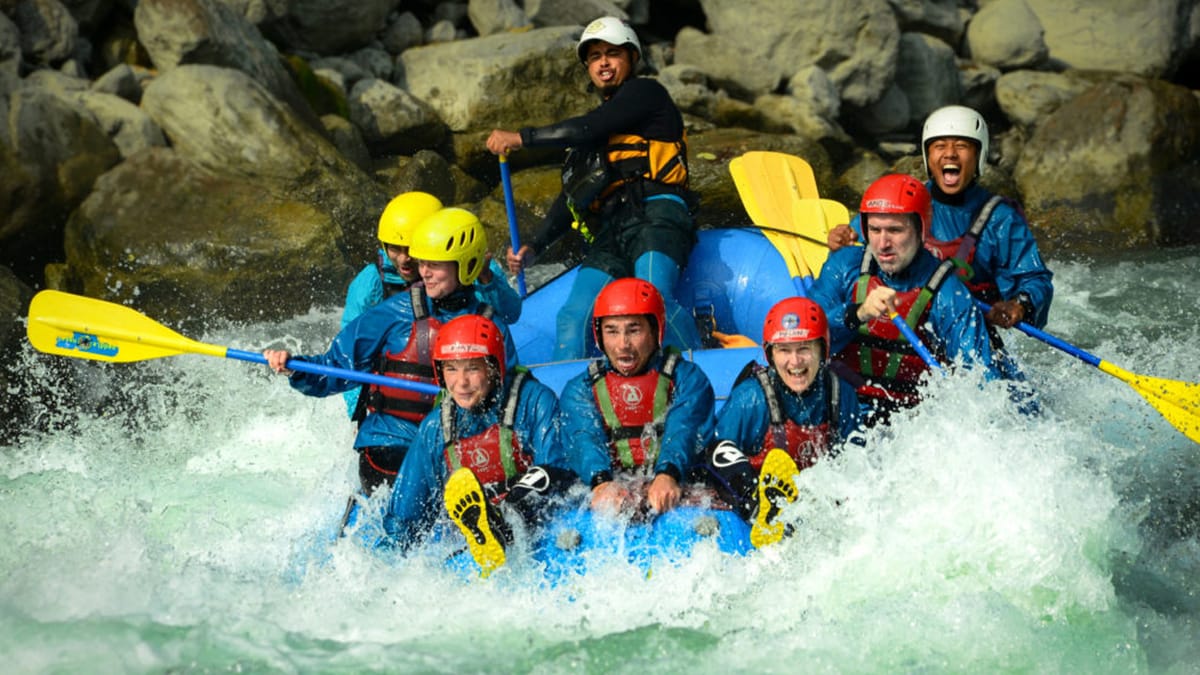
Last year, headlines from around the world were plagued with tragic river accidents. Four Americans passed away on a rafting trip in Costa Rica. Two Australians passed away in separate kayaking incidents in Nepal. The southeast U.S. alone had four separate whitewater kayaking deaths. And these examples are only a small sample of the river tragedies that occurred in 2018.
While some accidents are unfortunately inevitable, there are many situations where an accident can easily be avoided. Unfortunately, most countries lack standardized rules that you might expect from within the whitewater industry. This is more common in less economically developed countries. However, it's important to stress this doesn’t mean that all companies in less economically developed countries are unsafe. You just have to set a few basic standards, and know how to pick the best one! No matter where you are in the world, there are a few basic things to look for in a rafting company to ensure you have a safe and enjoyable whitewater experience.
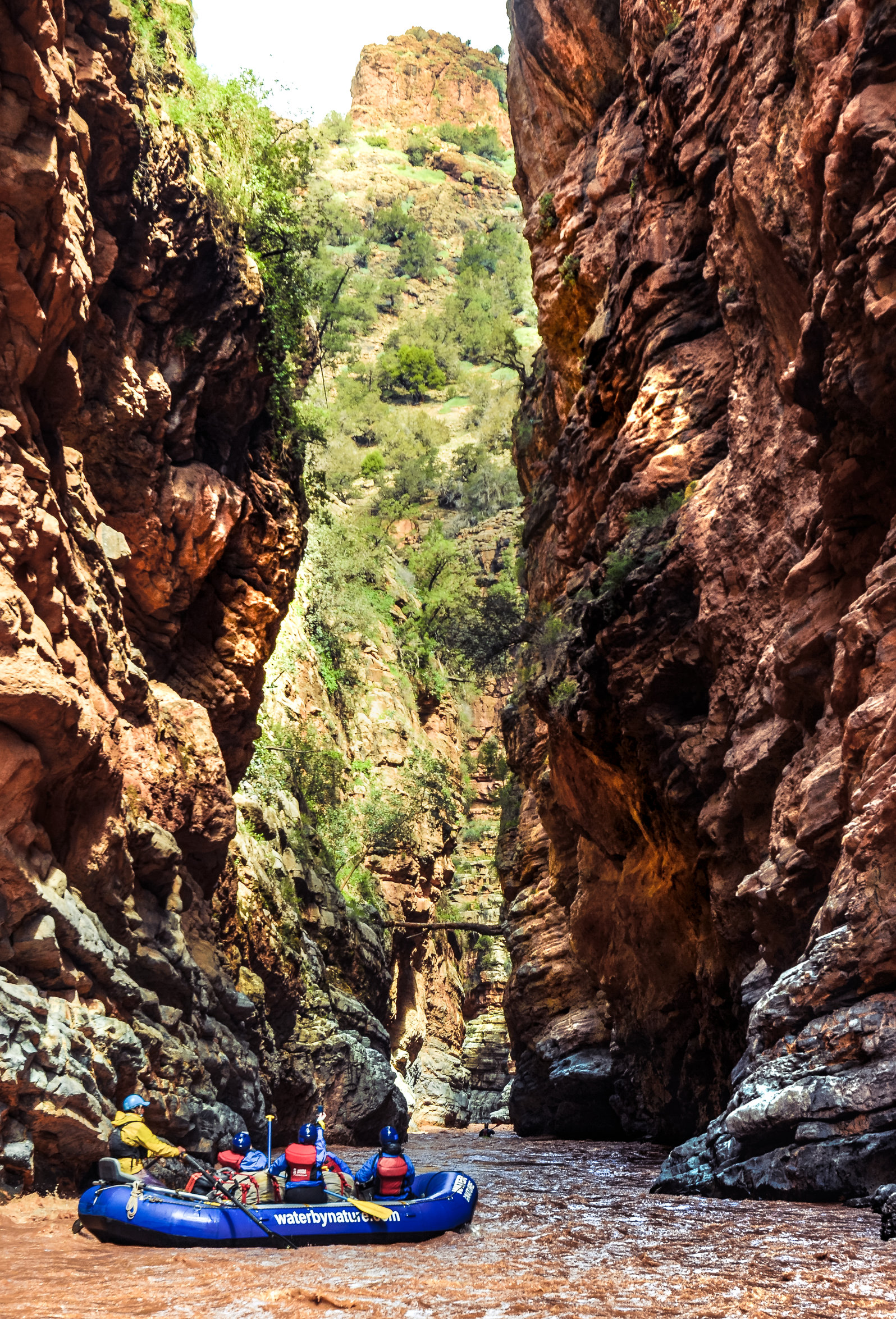
Leader to Participant Ratios
The whitewater industry has general safety standards for guide-to-participant ratios on commercial rafting and kayaking trips.
A safe industry standard on a fourteen-foot raft is one guide to every six participants. Most companies won’t live up to this standard, but if you want the safest experience - this is it! Ask your company what their leader to participant ratio is!

It all boils down to this - any raft can flip. When that happens, one guide is expected to rescue the raft, re-flip the raft, then save each participant. If you are one of those participants, do you want to be the sixth person to be rescued or the ninth? The better companies will reduce the number of people in the raft to keep the weight balanced, the trip safe, and to maximize the rafting experience.
Kayaking carries greater risk than rafting simply due to the fact that the participants are in control of their own boat, rather than a trained guide. Instead, the guide is usually in their own kayak telling you how to manoeuvre from a separate craft. Industry standards recommend a ratio of one guide to every four participants for kayaking and canoeing. However, this ratio may decrease and become 1:3 or even 1:2 as the whitewater gets more challenging and consequential.
Safety Boats
Safety boats are your best friend on the river. If a participant falls from a raft, they run the risk of being swept away by the current. This is when the safety boat shines. It will pluck you out of the water and give you a safe ride back to your raft or shore. It is a recognized industry standard to never have a single-boat trip. If there are only enough customers to fill one boat, then there should always be a safety kayak or safety raft along with the participant-filled raft.
With multiple rafts on the river, there should always be a safety kayak or safety raft to support the trip. This may pose an extra financial burden for the rafting company, but it is a small price to pay to increase participant safety. Problems sometimes arise when companies try to cut corners, perhaps deciding to take a guide off the water and undercut the competition by 5 dollars. If your company doesn’t have a safety craft, find out why.
In some locations, it has become standard for single or half-day trips to not have a safety boat when they have 2 or more full rafts. The theory here is that the other boats on the river will provide safety for one other. This is a debatable standard, but in some locations, you might not be able to find a company that uses safety boats for shorter trips. Certainly for multi-day trips, no matter how many rafts, there should be a safety boat.
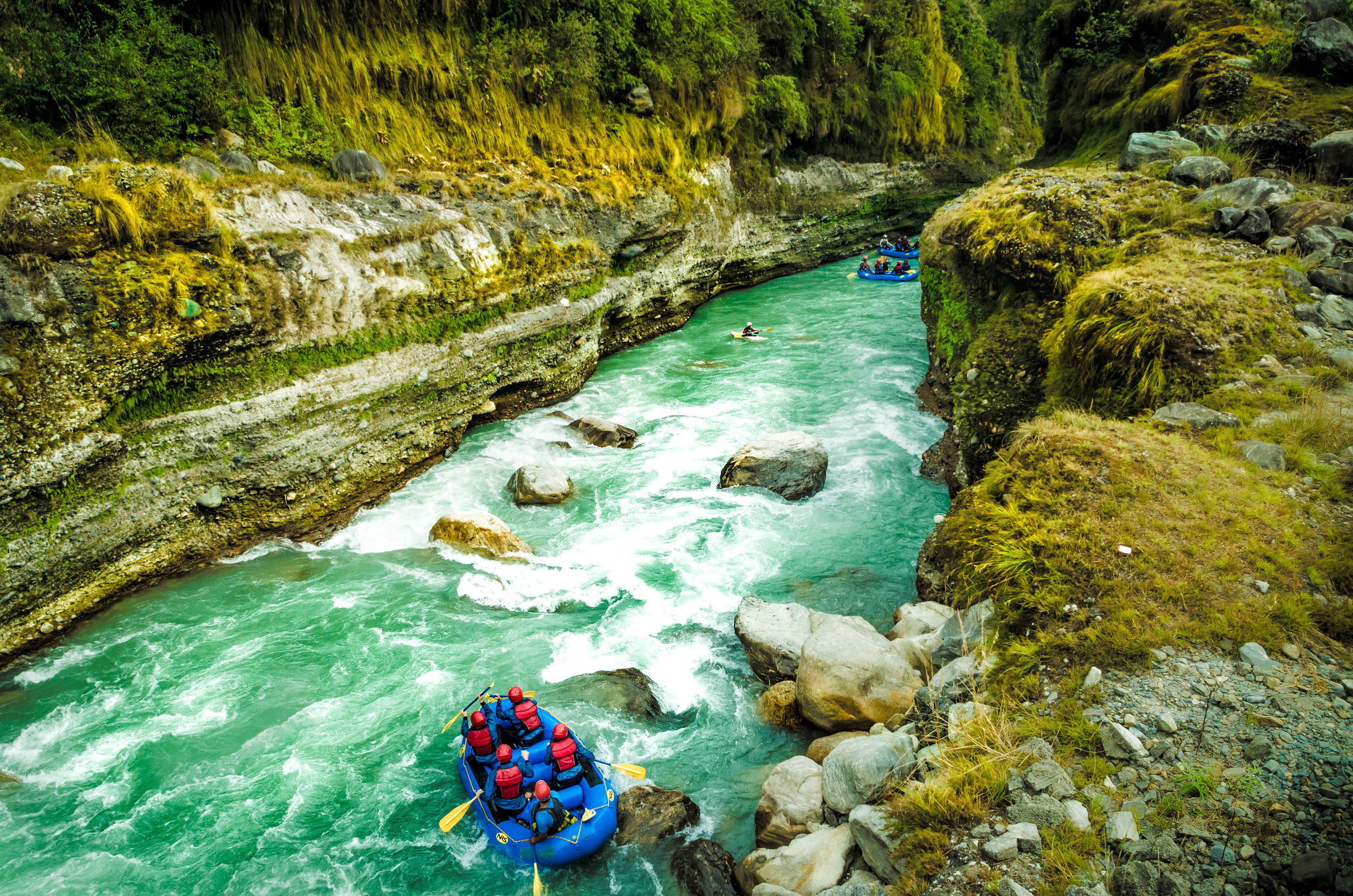
Cut-Off Levels
Every river rises and falls according to snowmelt, rainfall, or changes in upstream dam release. It can happen with the changing of the seasons, or it can happen in ten minutes with changing weather patterns. Companies should have a set cut-off limit for each river they operate on. This cut-off level should be based on their own expert knowledge of that river.
One good way to double-check a company is to find out the cut-off levels for several other companies running that river. Call them up, send them an email, check their website - whatever you need to do to find out. If your company’s level is much higher than the competition’s, ask why! Is it because they have more experienced guides and provide more safety kayakers or rafts? If not, it may be a money-motivated decision that could translate to a dangerous experience for customers.
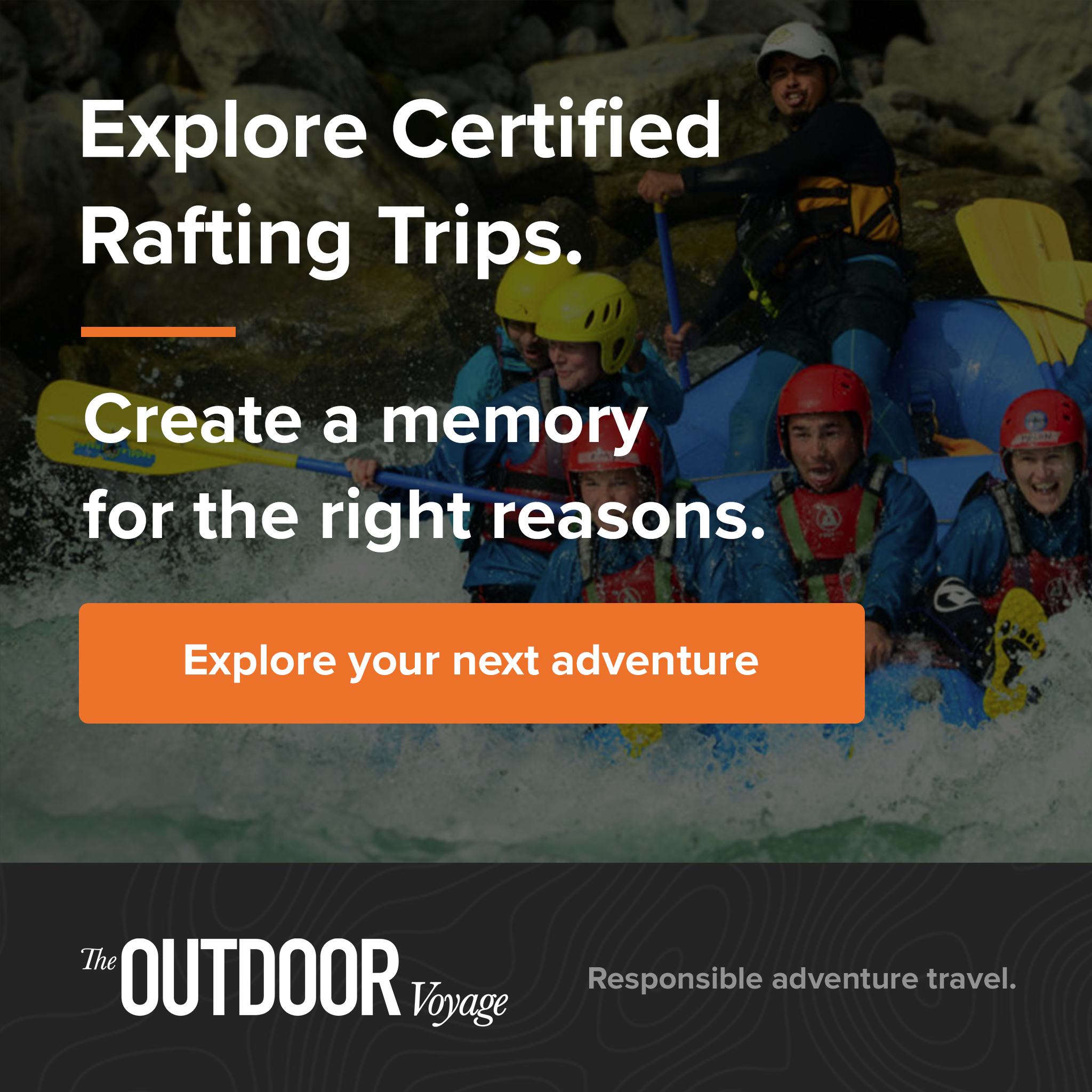
Equipment
Properly maintained and up-to-date equipment is a vital part of whitewater safety. All participants should wear a Personal Floatation Device (PFD), closed-toed shoes, and a helmet. If the guide hasn’t checked that your equipment is fitted correctly, don’t get on the water.
The shelf-life of most outdoor gear is around 10 years. You can use this as a guideline when deciding which equipment will keep you afloat and keep your head intact.
All PFDs from the United States must be approved by the United States Coast Guard. They will be marked to show they have been through a standardized testing process. You will see this written as “USCG Type V.” Any product from Europe must have a certification “EN ISO 12402-5 / 12402-6.”
Find out more information on IOS standards relating to PFDs here.
For Helmets, look for the CE standard CE EN 1385. This ensures your helmets is suitable for whitewater and has been tested accordingly.
Further reading:
Buying a canoeing & kayaking helmet - what does the CE mark really mean, and Sweet Protections guide to Helmet testing.
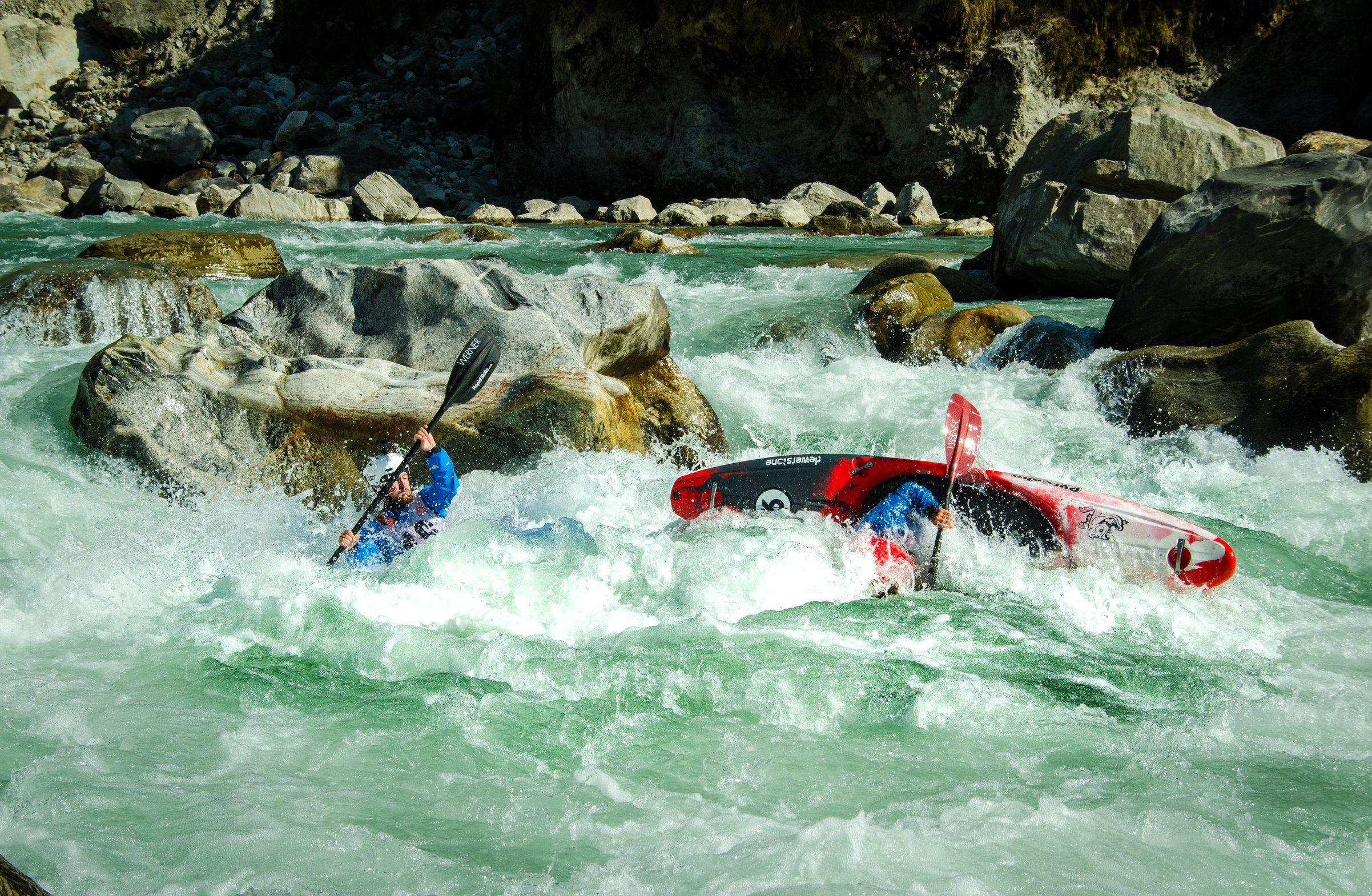
Alcohol
It is forbidden for guides and participants to consume alcohol on the river. Intoxicated participants can pose as much of a threat to the safety of the trip as an intoxicated guide. Take note of the company’s alcohol policy, and if you have any concerns that your guide or another participant may be intoxicated, make sure to raise those concerns.

Qualifications
There are various different qualifications for whitewater guides. From the British Canoe Union, to the American Canoe Association, to Rescue 3 International. The trouble is that certifications cover different skills according to the river and country in which the certification process took place. However, no matter how much the certifications vary, every guide should have a minimum of a swiftwater rescue certificate, a First Aid/CPR certification, as well as some sort of whitewater guide certification and/or in-house whitewater training.
Conclusion
Whitewater activities are risky. There is no way around it. However, with proper training, skill, equipment, and experience, this risk can be mitigated. Take the time to research the company you go with, and make it a lasting memory for the right reasons.
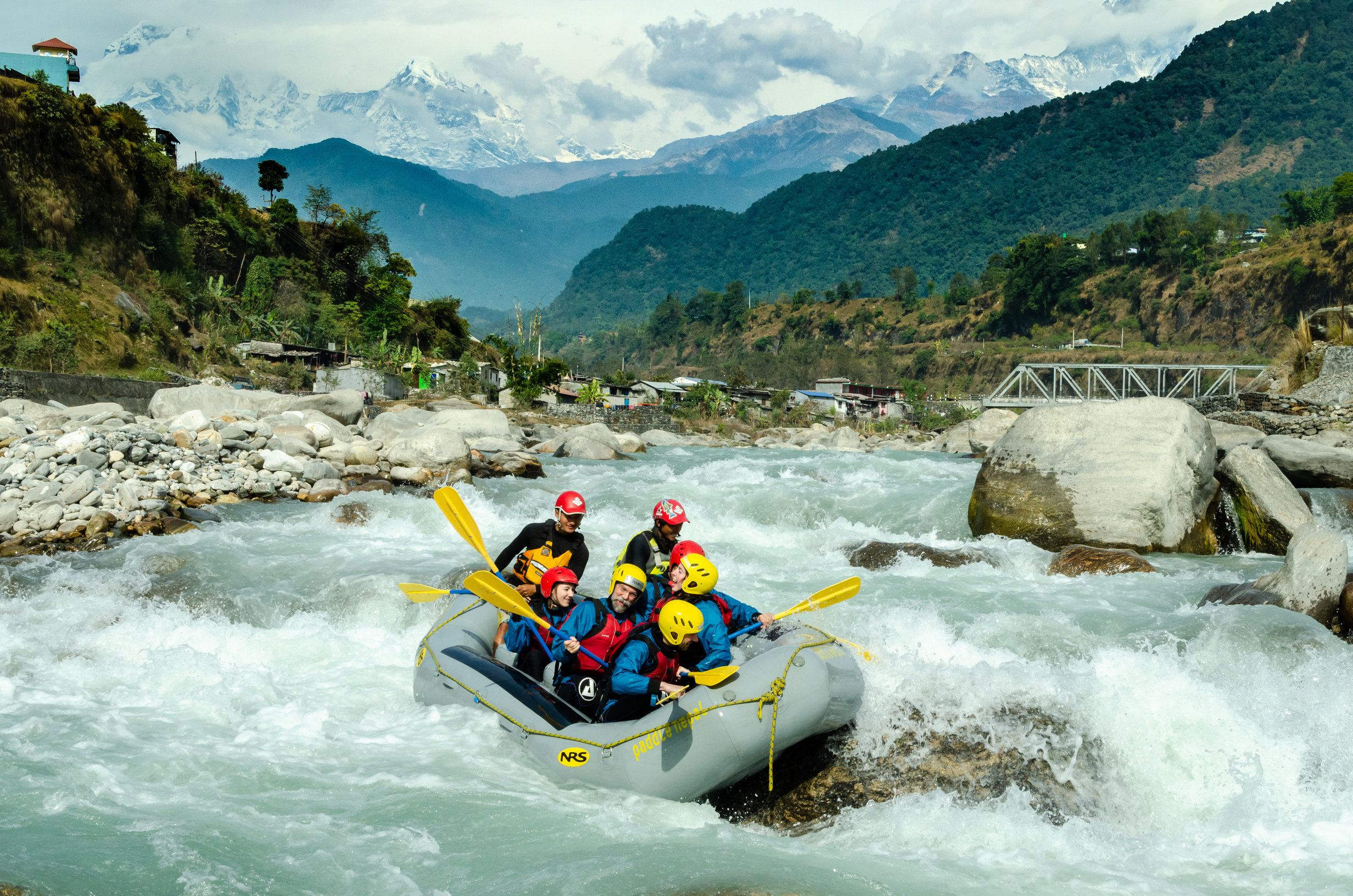


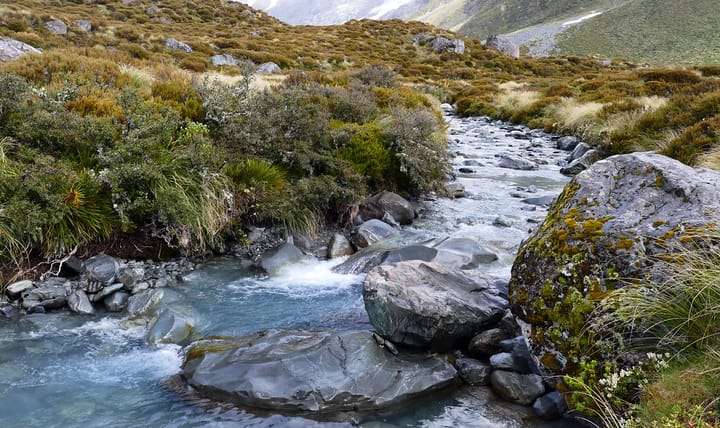
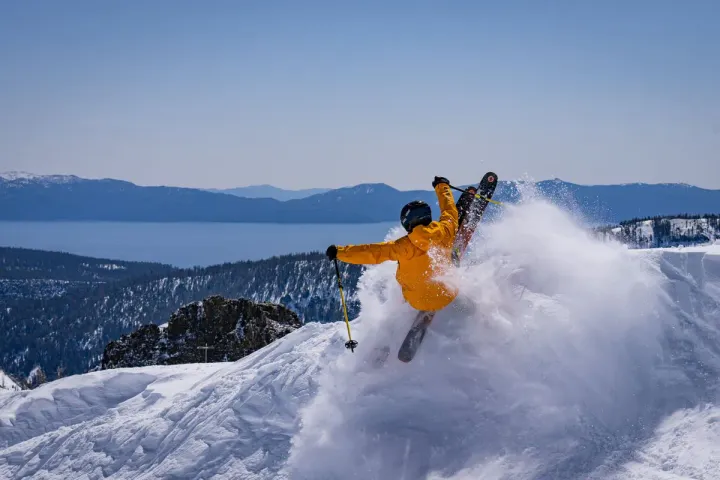

Comments ()